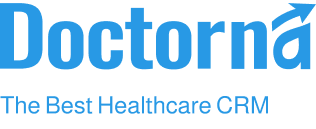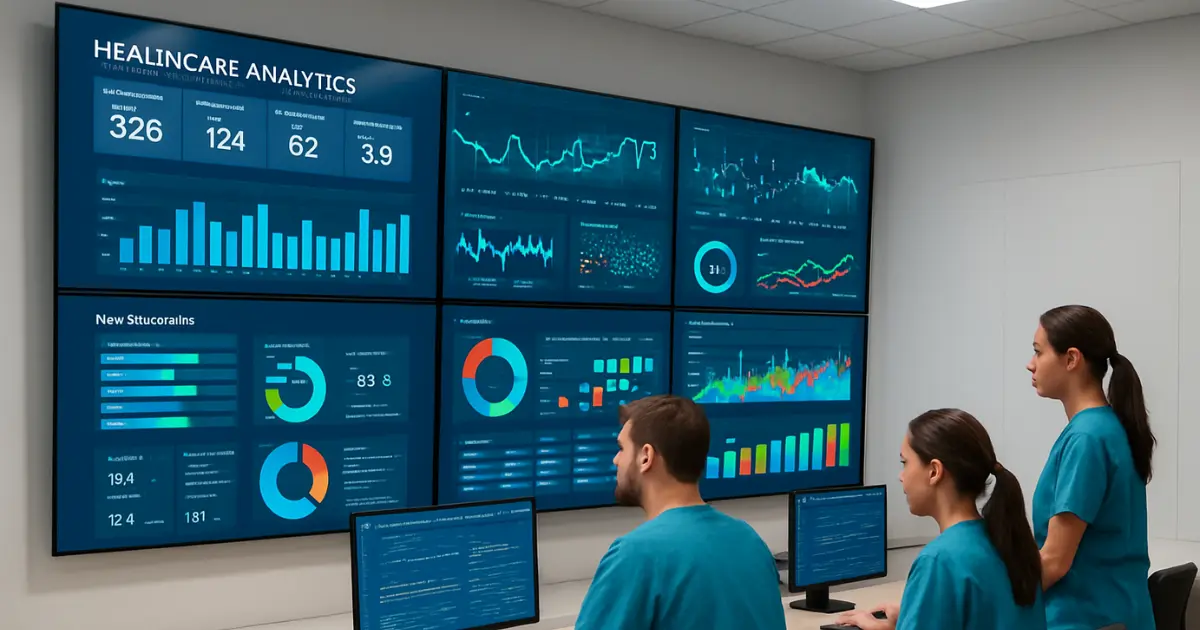Barriers to Effective Healthcare Workflow
Despite significant technological advancements, many healthcare organizations still face serious workflow challenges that impede quality care.
- Manual Tasks and Paper-Based Processes: Manual entry and paper-based systems slow down operations and increase the risk of human error. These outdated methods severely restrict organizations from streamlining healthcare processes and reducing administrative burden.
- Disconnected Communication Channels: Without a centralized system, communication between departments becomes fragmented. This lack of integration delays care coordination and negatively impacts healthcare operations management, making it harder to deliver timely, efficient care.
- Complex Scheduling Challenges: Manual appointment scheduling often leads to double bookings, missed appointments, and resource underutilization. Poor scheduling severely limits the potential for enhancing patient experience and achieving efficient patient flow.
- Cumbersome Billing and Claims: Outdated billing systems cause delays, errors, and claim denials, undermining revenue cycles and contributing to financial inefficiencies. Streamlined billing is a key factor in improving patient care efficiency and ensuring the organization’s viability.
How Patient Management Systems Drive Efficient Workflow
- Difficulties in Accessing Patient Data: When data is scattered across paper charts, emails, and disparate systems, clinicians waste valuable time searching for critical information. This inefficiency obstructs streamlined healthcare operations and compromises patient outcomes.
An effective Patient Management System (PMS) addresses these barriers by transforming how organizations manage patients, staff, and information flow.
- Centralized Data for Optimized Workflow: A PMS consolidates all patient information into a single, secure platform. Clinicians can instantly access medical histories, lab results, and treatment plans, streamlining healthcare processes and enhancing patient care delivery. Centralized data access minimizes errors, improves coordination, and accelerates care decisions — all critical for effective healthcare workflow optimization.
- Streamlined Scheduling: A Pillar of Workflow Optimization: Advanced scheduling features, like online appointment booking, automated reminders, and real-time updates, eliminate inefficiencies in managing patient appointments. By reducing no-shows and maximizing appointment slots, healthcare facilities can significantly enhance patient experience and boost operational productivity.
- Enhanced Communication for Optimal Workflow: Modern patient management systems offer secure messaging, task tracking, and collaboration tools, facilitating clear communication across departments. This seamless connectivity strengthens healthcare operations management, ensures timely interventions, and minimizes costly errors.
- Automated Billing: Automated billing and claims management help organizations reduce administrative burden, accelerate reimbursements, and minimize revenue losses. By removing manual intervention, healthcare providers can focus more on improving patient care efficiency rather than navigating complex billing paperwork.
- EHR Integration: Fueling Workflow Optimization: A powerful PMS seamlessly integrates with Electronic Health Records (EHRs), creating a unified patient view that is critical for both clinical and administrative efficiency. Integrated systems not only comply with regulatory standards but also contribute to streamlining healthcare processes and enhancing patient outcomes.
Realizing the Benefits of Workflow Optimization
Organizations that embrace healthcare workflow optimization experience tangible improvements across all facets of their operations.
- Reduced Administrative Burden: Automated documentation, scheduling, and billing free up administrative staff, allowing them to focus on higher-value tasks. Many facilities report saving hundreds of hours annually, directly reducing administrative burden.
- Increased Staff Productivity: Simplified workflows enable healthcare teams to concentrate more on delivering care rather than handling redundant tasks, leading to higher efficiency and better healthcare operations management.
- Improved Patient Flow and Satisfaction: Efficient appointment scheduling, quick access to records, and coordinated care pathways enhance the patient experience, minimize wait times, and improve overall satisfaction.
- Minimized Errors and Enhanced Accuracy: Automated alerts, centralized records, and integrated data entry significantly reduce human errors and promote higher-quality care delivery.
- Stronger Financial Performance: Healthcare organizations that invest in workflow optimization benefit from faster billing cycles, improved claim approvals, and reduced overhead — driving financial growth and operational resilience.
Selecting the Right System for Healthcare Workflow Optimization
Choosing the right patient management system is critical to achieving long-term success in streamlining healthcare processes.
- Scalability and Adaptability: Ensure your PMS can grow with your organization, supporting future expansions and new services without major system overhauls.
Explore our Customizable Clinic CRM to see how flexibility powers healthcare growth.
- Integration with Existing Tools: Look for a solution that integrates seamlessly with your EHRs, billing software, and telemedicine platforms to facilitate efficient healthcare operations management.
- User-Friendliness and Training Support: A user-friendly interface combined with strong onboarding and training ensures faster adoption and smoother transitions, critical for enhancing patient experience from day one.
- Robust Security and Compliance Features: Protecting patient information is non-negotiable. Ensure the system adheres to HIPAA and GDPR standards to maintain trust and regulatory compliance.
- Reliable Vendor Support and Ongoing Maintenance: Partner with vendors who offer proactive support, regular system updates, and clear service level agreements, ensuring uninterrupted workflow optimization.
Learn how our Patient Management System Dubai ensures smooth implementation and ongoing excellence.
Conclusion
Today’s healthcare organizations cannot afford to be held back by inefficiencies.
Healthcare workflow optimization is not just about technology — it’s about transforming the patient experience, improving care quality, and ensuring organizational sustainability.
A robust patient management system is central to achieving these goals, helping you streamline healthcare processes, reduce administrative burdens, and deliver superior patient care.
Ready to revolutionize your healthcare operations?
Discover how our Patient Management System Dubai can power your journey toward smarter, more efficient healthcare delivery.







